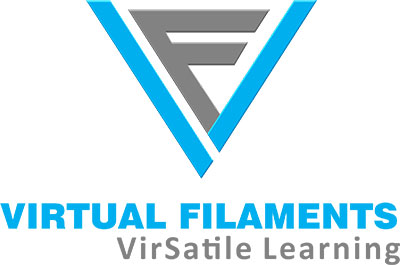Holography
Holography is a technique that allows the creation of three-dimensional images using light. These images, called holograms, can be viewed from different angles, giving the viewer a sense of depth and immersion. In virtual reality, holography creates more realistic and interactive experiences for users in both professional and educational settings.
Here are some key points on how holography is helpful in virtual reality to benefit users:
Enhanced visualization: This feature allows for a more immersive and realistic visual experience, giving users a sense of depth and spatial awareness that traditional 2D images or videos cannot match.
Real-time interaction: Users can interact with virtual objects and environments in real-time, allowing for more hands-on learning and training experiences.
Improved collaboration: It can facilitate remote collaboration, enabling users to work together in a shared virtual space regardless of location.
Cost-effective training: A cost-effective alternative to traditional training methods impacts deeply. They allow users to practice in a safe and controlled environment without the need for expensive equipment or materials.
Innovative applications: It has a wide range of applications in fields such as medicine, engineering, and architecture, where it can be used to visualize complex concepts, designs, and simulations.
Overall, holography in virtual reality has the potential to revolutionize the way we learn, work, and collaborate by providing users with a more immersive, interactive, and engaging experience.

